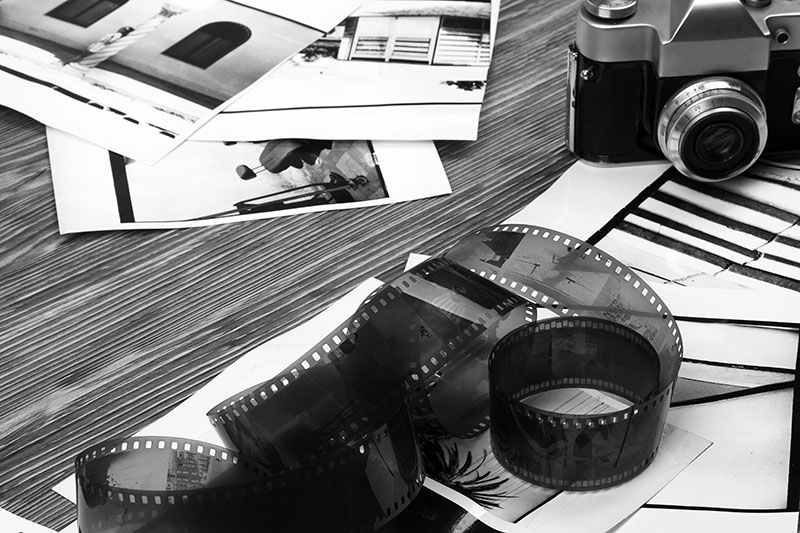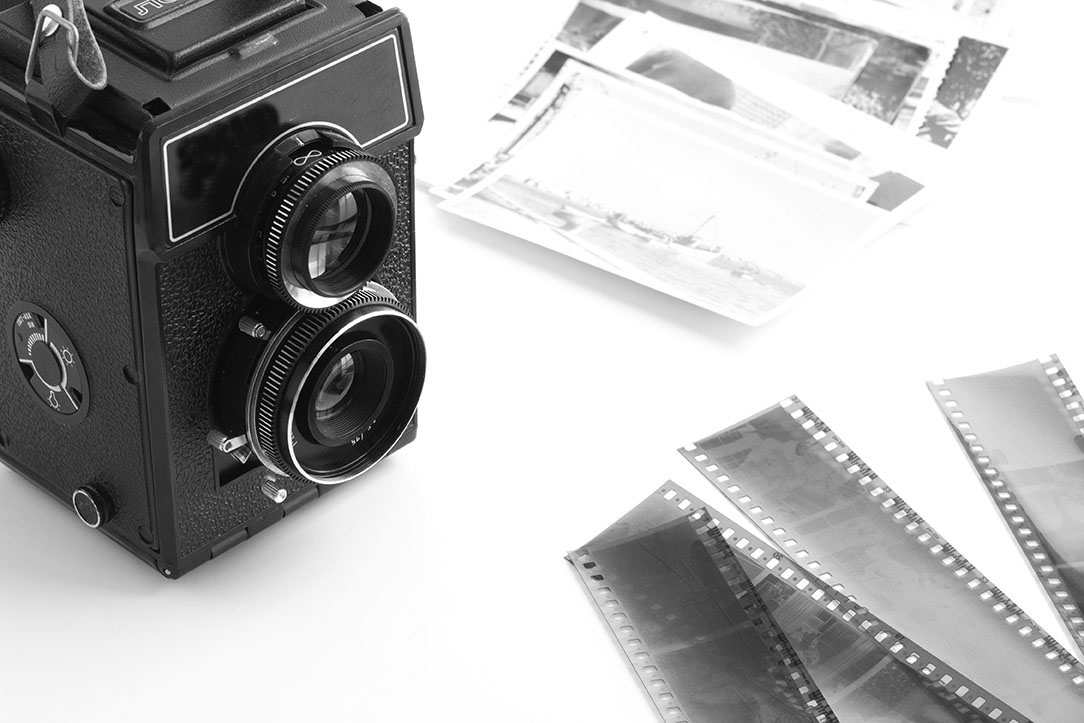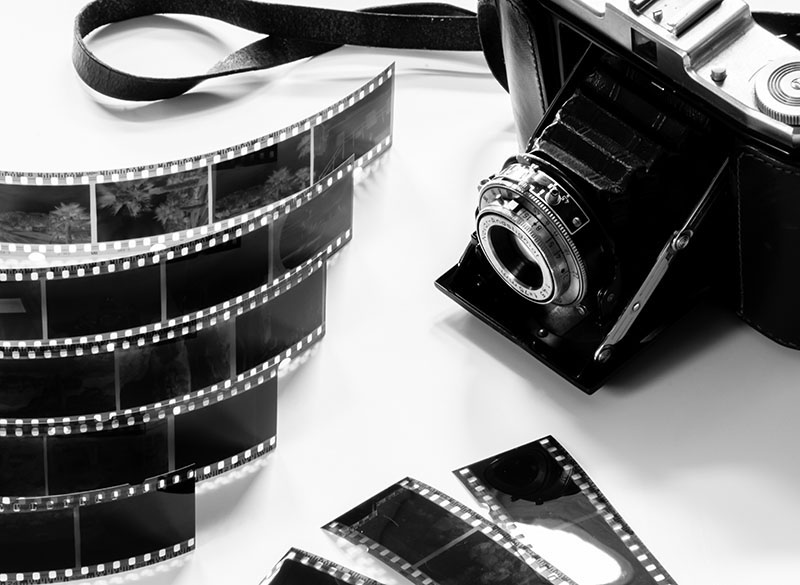The History Of Negative Photography

In a time when snapping a picture takes mere seconds, the idea of waiting days for photographs to develop can seem like an inconvenience. However, negative photography upheld photo production for nearly 100 years, and many professional photographers use negatives to this day.
It’s unfortunate that as the years pass, the newer generation will be less acquainted with the interesting history behind negative photography and how it was a fundamental part of photo development. Here is a brief history lesson that you can share with them!

The Beginnings - The first negative
You might think that the first example of negative photography was in the 1800s or so, but it actually dates back all the way to 33 CE! The Turin Shroud was deemed the very first example of negative photography in history.
Archeologists found an image of a deceased man imprinted on linen cloth with the same fixation on a dark image where light should be as used in negative photography. However, no one to this day understands how the image was created or who the man is!
There was no instance of further examples of negative photography until 1826, when French inventor and scientist Nicephore Niepce discovered that you could produce images with light-sensitive material that darkens under natural light. He tested his theory by capturing an image he later named ‘View From the Window at Le Gras,' which was the first recorded negative photograph. The image took several days of sun exposure to develop, but once it did, Niepce was dubbed the inventor of negative photos!

The Rise of Negative Photography
Once the initial negative photography method was introduced, it didn't take long for the evolution of negative photographs to occur. Now, more people were playing around with new photography methods using chemicals and different exposure timings and methods. However, photography was still grainy and primarily in black and white, with the only exception being hues rather than colorful photographs.
Photography took on a new, more advanced front in 1935 when Kodachrome was introduced. The color reversal film invented by Eastman Kodak gave way for colors to be incorporated in images. Now, instead of just light areas appearing dark and dark areas appearing white, blue appeared yellow, green appeared magenta, and red appeared cyan. It helped photographers take negative images in various shades, which could later be developed to show color rather than black and white.
Negative photography is used to this day for reversal film photography.
Do you have old photographs that you developed years ago and are worried they’re losing their color and clarity? Get in touch with Heritage to bring them back to life! The company provides damaged picture restoration services in Houston, TX. Contact them today for more information.